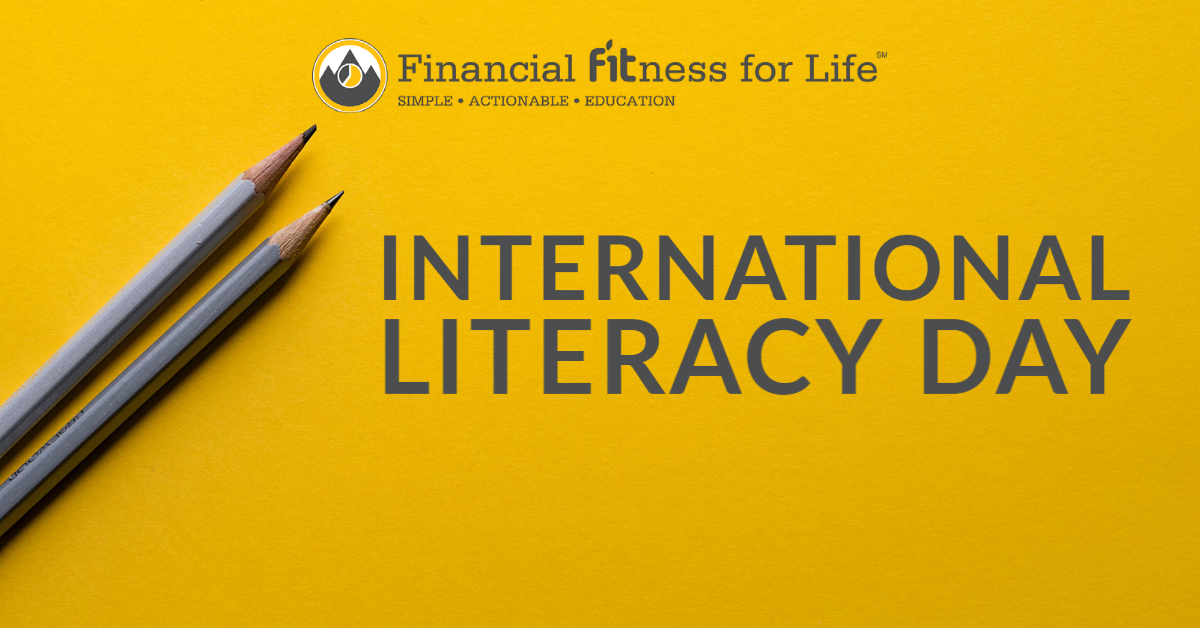
The United States has a financial literacy deficit. According to FINRA’s 2018 State of U.S. Financial Capability Study, 53 percent of Americans say that thinking about their finances makes them anxious, and 44 percent feel that discussing their finances is stressful. Some more disheartening news – financial literacy has declined sharply among younger people since the Great Recession. When asked to answer five financial literacy questions, young people struggle to get four of those answers correct. According to a 2019 MarketWatch article, “Between 2009 and 2018, there was an 8% slip in the amount of people who could correctly answer most questions about interest rates, inflation, bond prices, financial risk and mortgage rates….”
John Poole, CRPC®, financial education consultant with Financial Fitness for Life says, “I learned during one of my 401(k) educational sessions that what we think is relevant as educators and plan sponsors may not be exactly what the audience needs. You have to read the room and be ready to pivot to the topics that will best benefit the group in front of you.” In this instance, Poole was presenting to a group of 20-something tech and manufacturing interns. Poole was brought in by the company to get the group up to speed on the company’s benefits and 401(k) plan. As he progressed in the presentation, the looks on the interns’ faces became more and more quizzical. Poole stopped the presentation and began asking some more basic questions. Does anyone operate on a budget? Who knows how a mutual fund works? What are two easy ways to pay down credit card debt? The group could not answer any of these questions, leading Poole to scrap his original presentation for a focus on simple budget ideas, describing a mutual fund and the basics of diversification, and then the ‘snowball’ and ‘avalanche’ methods of paying credit card debt.
With a widening gap in financial capability, it is clear something needs to be done to help people who lack the financial education needed to feel more confident with their money. The great news is that by implementing a financial education program, employers, plan sponsors and even community groups can make a dent in America’s financial literacy problem. Going back to that 2018 FINRA study, they found that individuals “who receive more financial education or believe their financial education was higher quality are more likely to save and less likely to overdraw their checking accounts, engage in fee-generating credit card behaviors, or use non-bank borrowing methods.” Additionally, 49 percent of people who receive at least 10 hours of financial education say they spend less than they make.
The United States may have a financial literacy problem but Financial Fitness for Life has an effective solution! It’s time to consider holistic financial wellness as the benefit individuals deserve on their journey to financial stability and satisfaction.
